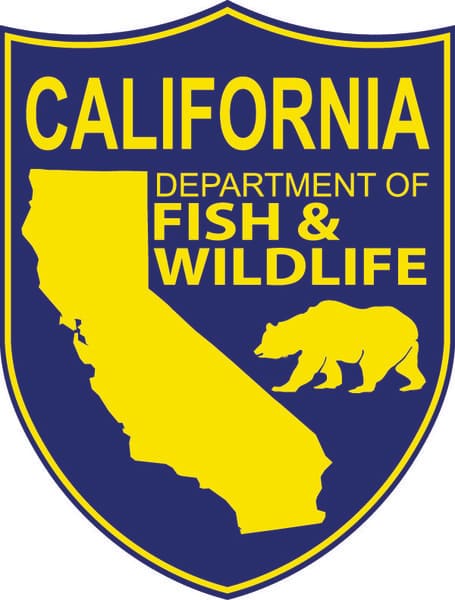Health of Califronia Salmon on Klamath Being Closely Monitored

The California Department of Fish and Wildlife (CDFW) is seeking help from the public in monitoring the health of Chinook salmon in the Klamath River and its tributaries. Drought conditions mixed with a larger than normal return of salmon elevate concerns of fish die offs. Small numbers of dead fish are expected this year as an estimated 272,000 fall-run Chinook salmon return.
CDFW, in conjunction with The Klamath Fish Health Assessment Team (KFHAT) is asking the public to report any unusual numbers of dead fish they see by contacting CDFW Biologist Sara Borok at (707) 822-0330.
CDFW pathologists have taken samples from the large run of downstream migrating juvenile salmon. The juveniles hold in cold pools at the mouths of creeks as they migrate to the ocean. The purpose of monitoring of these juveniles is to ensure they do not harbor disease that could infect returning adult salmon that occupy the same cold water habitats. At this time no signs of disease outbreaks in the juveniles holding in the cold water pools have been discovered.
Members of the KFHAT have contacted the California-Nevada Fish Health Center for help with monitoring and assessing disease issues and the Yurok Tribal Fisheries Department is conducting weekly adult fish disease sampling to keep all members apprised of the current conditions.
KFHAT is also keeping abreast of current fishery and water quality conditions in the Klamath River and its tributaries and will respond with a large-scale monitoring response in the event that there is a fish kill.

